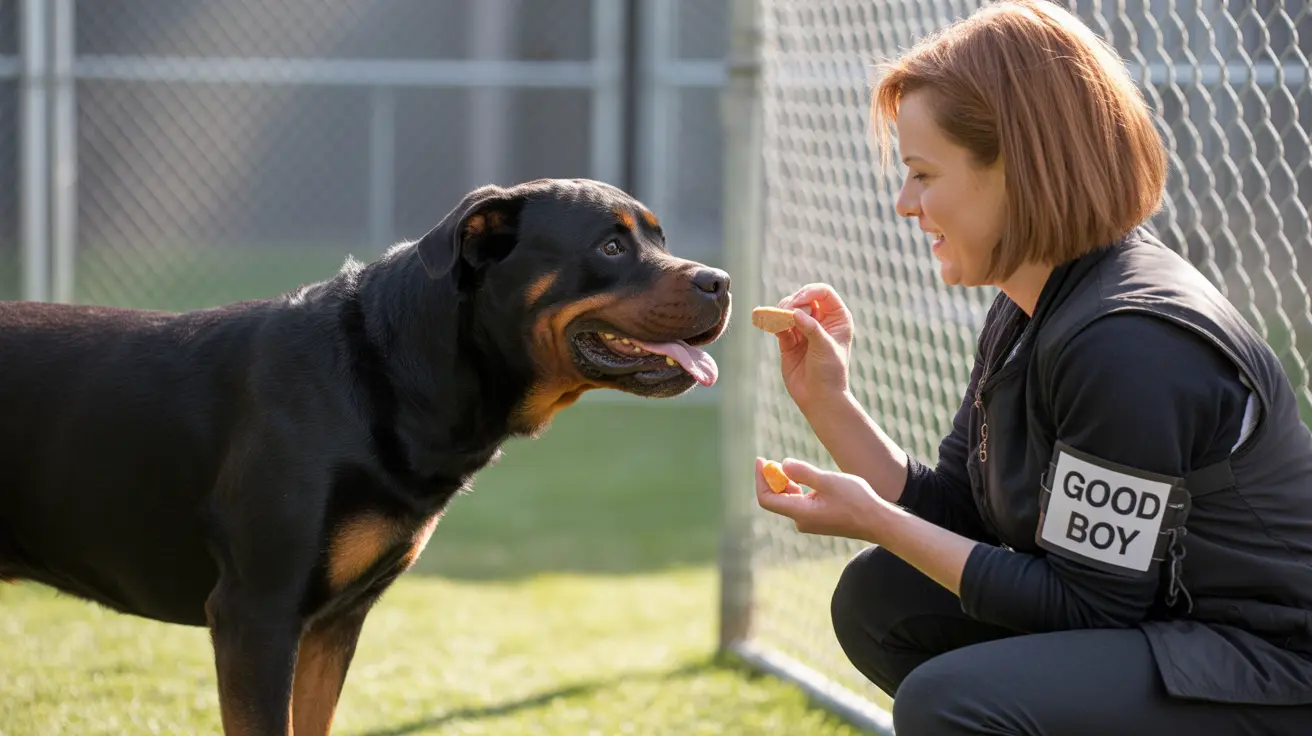When discussing unfriendliest dog breeds, it's crucial to understand that a dog's temperament isn't solely determined by its breed. While certain breeds may have genetic predispositions toward territorial or protective behaviors, factors like training, socialization, and environment play equally important roles in shaping a dog's personality and behavior patterns.
This comprehensive guide explores breeds commonly labeled as "unfriendly," examining both statistical data and the complex factors that influence canine behavior. We'll also discuss how responsible ownership and proper training can help manage and prevent aggressive tendencies in any breed.
Most Frequently Cited Unfriendly Breeds
Large Breeds with Strong Guarding Instincts
Several large breeds consistently appear in discussions about unfriendly or aggressive dogs:
- Pit Bull Terriers: Responsible for approximately 66% of fatal attacks between 2005-2017
- Rottweilers: Account for about 10% of fatal incidents
- German Shepherds: Known for protective instincts
- Presa Canarios: Powerful dogs with territorial tendencies
Unexpected Aggressive Tendencies in Smaller Breeds
Contrary to popular belief, some smaller breeds actually show higher rates of aggressive behavior:
- Chihuahuas: Often display aggressive tendencies toward strangers
- Dachshunds: Studies show approximately 20% have attempted to bite strangers
- Jack Russell Terriers: Can exhibit territorial behavior
Understanding Aggression Factors
Several key factors influence a dog's tendency toward unfriendly or aggressive behavior:
- Genetic predisposition
- Early socialization experiences
- Quality of training
- Environmental stressors
- Past trauma or abuse
- Health conditions
The Role of Training and Socialization
Proper training and socialization are crucial in preventing aggressive behavior:
- Early exposure to various people, animals, and environments
- Consistent positive reinforcement training
- Professional training assistance when needed
- Regular exercise and mental stimulation
- Proper veterinary care
Legal and Insurance Considerations
Certain breeds face restrictions due to their reputation:
- Breed-specific legislation in many jurisdictions
- Insurance limitations or exclusions
- Housing restrictions
- Muzzle requirements in public spaces
Frequently Asked Questions
Which dog breeds are most commonly considered the unfriendliest or most aggressive?
Statistically, Pit Bull Terriers, Rottweilers, German Shepherds, and Presa Canarios are most frequently cited in aggressive incident reports. However, it's important to note that individual temperament varies significantly within breeds.
How does training and socialization affect a dog breed's tendency to be unfriendly or aggressive?
Proper training and socialization are crucial factors in preventing aggressive behavior. Early exposure to different situations, consistent positive reinforcement, and professional training can significantly reduce unfriendly tendencies in any breed.
Are smaller breeds like Chihuahuas and Dachshunds really more aggressive than larger dog breeds?
Yes, studies have shown that smaller breeds often display more frequent aggressive behaviors than larger breeds. However, their bites are less likely to cause serious injury, leading to underreporting and less public concern.
Why are pit bulls and rottweilers frequently singled out in breed-specific legislation and insurance policies?
These breeds are often targeted due to statistics showing their involvement in serious or fatal attacks. Their physical strength and bite force make incidents involving these breeds more likely to result in severe injury.
What precautions should owners take when raising breeds known for strong guarding or territorial instincts?
Owners should prioritize early socialization, implement consistent training programs, maintain regular exercise routines, and seek professional training assistance when needed. Creating clear boundaries and establishing proper leadership are also essential.
Conclusion
While certain breeds may have reputations for being unfriendly or aggressive, responsible ownership, proper training, and understanding of breed-specific traits are key to raising well-adjusted dogs. Remember that every dog is an individual, and breed alone doesn't determine temperament.
Potential dog owners should thoroughly research breed characteristics, honestly assess their ability to meet the breed's needs, and commit to providing appropriate training and socialization throughout the dog's life.






